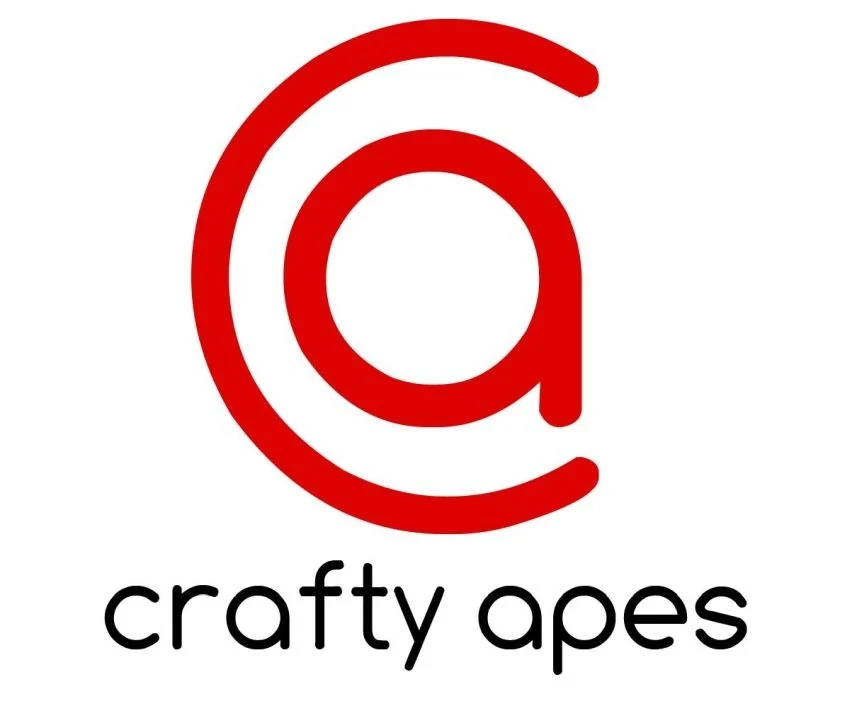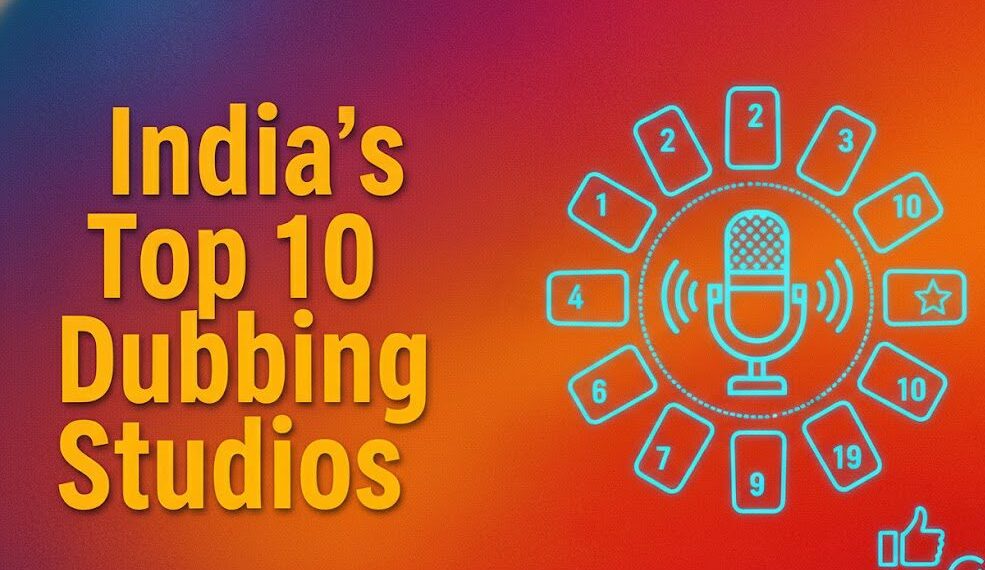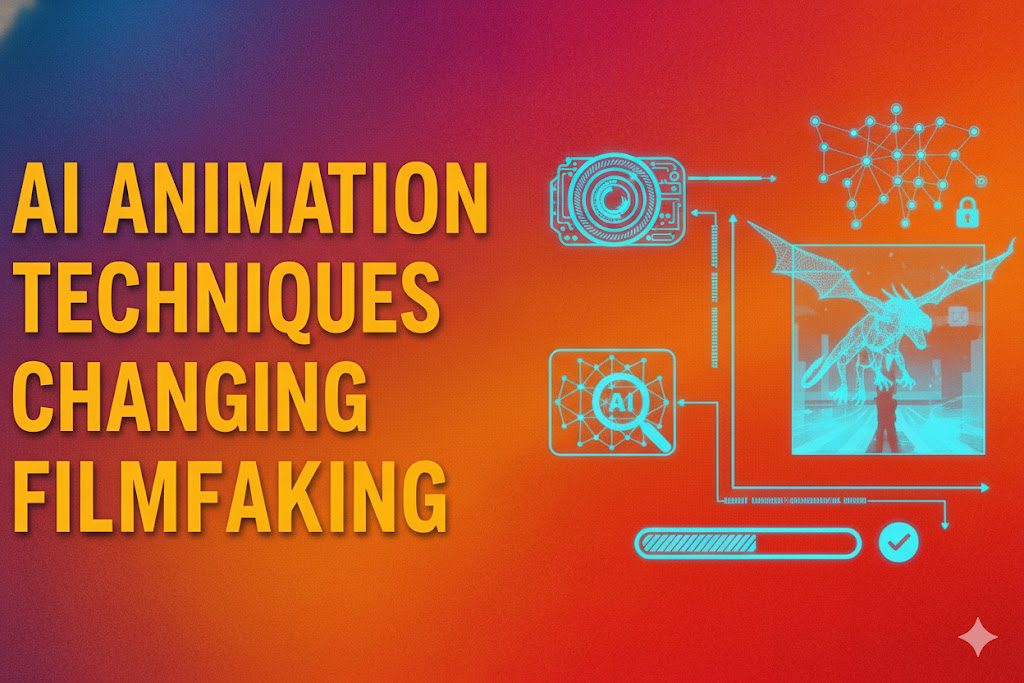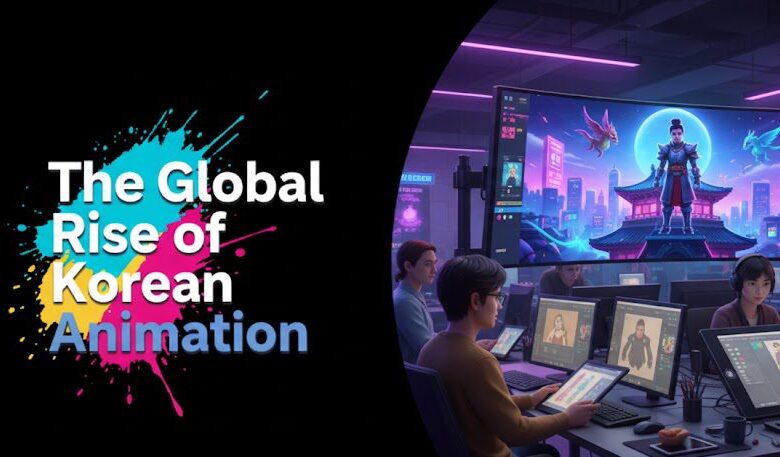Introduction
Let’s be honest. The world of media is no longer defined by borders. A hit show in Seoul can become a sensation in São Paulo overnight.
But what’s the magic that makes this global leap possible?
It’s not just great storytelling; it’s flawless dubbing and localization services. The demand is exploding, with the global market expected to hit nearly $5 billion by 2028. That’s a massive opportunity. But it also means more competition.
So, how do you, a localization vendor, cut through the noise and win the clients that will transform your business? You’re in the right place. I’ve seen countless vendors struggle to connect with the big players, unsure of how to showcase their value.
It’s a frustrating cycle of missed opportunities. In this post, I’m going to walk you through a proven, step-by-step strategy to not just find, but win high-value clients in the media and entertainment industry. We’ll turn your frustration into a formula for success.
Table of content
- Introduction
- Key-Takeaways
- Step 1: Stop Chasing, Start Tracking: The Power of Project Intelligence
- Step 2: Define and Showcase Your Unique Selling Proposition (USP)
- Step 3: Build Your Hit List: Identify and Qualify Potential Clients
- Step 4: Craft the Perfect Pitch That Decision-Makers Can’t Ignore
- Step 5: Network Like a Pro (Without Leaving Your Desk)
- Conclusion
- FAQs
Key Takeaways
| Key Takeaway | Actionable Insight |
|---|---|
| Identify High-Value Opportunities Early | Stop waiting for tenders. Track projects from the development stage to know who needs your services before they even start looking. |
| Showcase Your Niche Expertise | Don’t be a generalist. Highlight your specialization in specific genres (like Anime or Sci-Fi) or languages to attract targeted clients. |
| Connect with Key Decision-Makers | Your pitch is wasted on the wrong person. Identify and connect directly with Heads of Post-Production, Localization, or Content Acquisition. |
| Build a Data-Driven Pitch | Use market intelligence to demonstrate why your services are a perfect fit for a studio’s upcoming slate of content. |
Are your pitches reaching the right people?

Step 1: Stop Chasing, Start Tracking: The Power of Project Intelligence
The old way of finding clients is reactive. You wait for a studio to announce a project, then you scramble to find a contact, often getting lost in a sea of other vendors. It’s a losing game. The new way? Get in before the competition even knows a project exists.
The secret is tracking projects while they are still in development or early production. Think about it. If you know a major streamer has just greenlit a Spanish-language thriller set in Argentina, you have a massive head start. You can prepare a tailored pitch specifically for that project, highlighting your expertise in Spanish dubbing and your pool of Argentinian voice talent.
This isn’t about guesswork. It’s about using data to your advantage. Tools that track the entire production lifecycle are no longer a luxury; they are a necessity for any serious vendor. You need to know:
- What projects are in the pipeline?
- Which studios are financing them?
- Who are the key production companies and executives involved?
- What is the intended global distribution plan?
Having this information allows you to move from being a reactive bidder to a proactive partner. You’re not just another email in an inbox; you are a solution provider who has done their homework.
Step 2: Define and Showcase Your Unique Selling Proposition (USP)
Once you know which projects are coming, the next question is: why should they choose you? In a crowded market, being a “high-quality, cost-effective” vendor is not enough. Everyone says that. You need a razor-sharp USP that makes you the obvious choice for a specific need.
Your USP could be based on:
- Genre Specialization: Are you the best at dubbing kids’ animation? Do you have a deep understanding of the nuances of Sci-Fi terminology? Highlight it. A company like Iyuno has built a reputation for handling massive, complex projects for major streamers.
- Language & Regional Expertise: Maybe you are the leading vendor for Scandinavian languages or have an unmatched network of voice talent in the MENA region, like Tanweer. This is a powerful differentiator.
- Technological Edge: Do you use proprietary AI tools to ensure quality and speed? Do you have a state-of-the-art secure infrastructure? Companies like Zoo Digital leverage cloud-based platforms to streamline workflows.
- Full-Service Capabilities: Some clients prefer a one-stop-shop. If you offer a full suite of services from subtitling to access services and media processing, like Visual Data Media Services, make that your core message.
Your USP should be front and center in all your marketing materials and especially in your pitches. It’s not just what you do; it’s what you do better than anyone else.
Step 3: Build Your Hit List: Identify and Qualify Potential Clients
Not all clients are created equal. Chasing every production house is a waste of time and resources. You need a targeted “hit list” of companies that are a perfect match for your USP.
Here’s how you build it:
First, use a market intelligence platform to filter companies based on criteria that matter to you. For example, you could search for:
- US-based production companies working on Japanese Anime series.
- Streamers who have recently commissioned content in Turkish or Hindi.
- Companies that are actively acquiring content for distribution in Latin America.
This data-driven approach helps you focus your energy where it has the highest chance of paying off. Once you have a list, qualify them further. Look at their past projects. Do they align with your expertise? A global giant like Deluxe has a massive and diverse portfolio, but smaller, more specialized studios might be a better fit for your niche services.
Your goal is to create a manageable list of 10-20 high-potential clients that you can focus on building relationships with. Quality over quantity is the key.
Ready to turn intelligence into income?

Step 4: Craft the Perfect Pitch That Decision-Makers Can’t Ignore
Now you have your target project and your target client. It’s time to craft a pitch that connects the dots. A generic “we do dubbing” email will be deleted in seconds. Your pitch needs to be personal, insightful, and solution-oriented.
A winning pitch structure looks like this:
- The Hook: Start by referencing the specific project you identified. “I saw you are in post-production for ‘Cyber Brigands’ and noticed its planned release in Germany and France.” This immediately shows you’ve done your research.
- The Connection: This is where you introduce your USP. “For the last 5 years, we have specialized in German Sci-Fi dubbing, working on similar titles like ‘Android Dreams’ and ‘Galactic Echoes’.”
- The Value Proposition: Don’t just list services. Explain the outcome. “Our certified German voice actors and in-house dialogue directors can ensure the complex technical dialogue in ‘Cyber Brigands’ retains its impact and authenticity for the local audience.”
- The Proof: Add a link to a relevant case study or a short reel of your work. Better yet, mention a well-known company you’ve worked with, for example, a project done for Prime Focus Technologies.
- The Call to Action: Make it easy for them. “Would you be open to a brief 15-minute call next week to discuss how we can support your localization pipeline for this title?”
Remember, your pitch isn’t about you. It’s about them and their project. It’s about showing them you understand their world and can make their life easier.
Step 5: Network Like a Pro (Without Leaving Your Desk)
The final piece of the puzzle is getting your pitch in front of the right person. Sending it to a generic “info@” email address is a recipe for failure. You need to connect directly with the decision-makers.
Who are they? Typically, you want to reach out to roles like:
- Head of Post-Production
- Localization Manager or Director
- Head of Global Content Operations
- Content Acquisition Executive
Finding their contact information used to be the hardest part, involving endless searching on LinkedIn and making educated guesses with email formats. Today, platforms designed for the M&E supply chain can give you this verified contact data directly. This is a game-changer.
When you reach out, be respectful of their time. Your goal is to start a conversation, not to close a deal on the first email. Build the relationship by sharing relevant insights or congratulating them on a recent project launch. Over time, you’ll become a recognized and trusted name in their network.
How Vitrina Powers Your Client Acquisition Strategy
I know what you’re thinking. “This all sounds great, but where do I get this data on projects, companies, and people?”
This is exactly the problem Vitrina was built to solve. Our platform is a global supply-chain intelligence tool for the entertainment industry. For a localization vendor, it means you can use Vitrina to execute every step of this strategy.
You can use our Film+TV Projects Tracker to find opportunities months in advance, identify the key companies and decision-makers involved, and get the verified contact details you need to build those crucial relationships. We provide the map so you can win the business.
Conclusion
The demand for dubbing and localization services is a tidal wave of opportunity. But you can’t just float along and hope for the best. You need a proactive, data-driven strategy to win.
Stop waiting for work to come to you. Start by tracking projects in their infancy. Sharpen your USP until it’s undeniable. Build a targeted list of dream clients. Craft pitches that solve problems, not just sell services. And connect with the people who actually make the decisions.
This isn’t rocket science, but it does require a shift in mindset from being a passive vendor to a proactive business partner. The tools and data are out there. It’s time to use them.
What’s the first strategy you’re going to try? Let me know in the comments.
Take the Next Step
Ready to stop guessing and start winning? See for yourself how Vitrina can provide the project intelligence and contact data you need to grow your localization business. Don’t let another opportunity pass you by. Sign up for Vitrina today and get direct access to your next client.
Frequently Asked Questions
By specializing. Don’t try to be everything to everyone. Focus on a niche genre, language, or technology where you can be the undisputed expert. Your targeted expertise is more valuable to the right client than a giant’s broad but shallow offerings.
Making it all about themselves. The client doesn’t care about your company’s history; they care about their project’s success. Your pitch must be 100% focused on their needs, their challenges, and how you can solve them.
Extremely important, especially when dealing with major studios and pre-release content. A TPN (Trusted Partner Network) assessment or similar security credentials are often a minimum requirement. It’s a non-negotiable sign of professionalism and trustworthiness.
Both. Streamers have a massive and constant demand for localization due to their global release models. However, traditional studios and production companies are also expanding their international distribution. A balanced strategy is best. Use data to see who is producing content that aligns with your expertise, regardless of their business model.






































